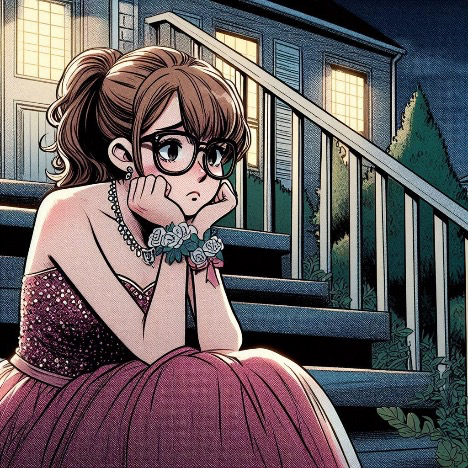III. Faye Shapeshifters in Folklore and Mythology
The lore surrounding the Fae is rich with examples of creatures who can genuinely change their forms. These "faye shapshifters" are not just masters of illusion but embody the very essence of physical fluidity. Their transformations are often tied to their connection with the natural world, their inherent magical essence, or their roles within the mystical realm. One prominent example is the Púca (or Pooka) from Celtic folklore, particularly Irish and Welsh myths. This solitary, often dark-furred creature is a deft shapeshifter, capable of taking on many terrifying forms, including a horse, a goat, a dog, a rabbit, or even a human. The Púca can be benevolent or malevolent, sometimes aiding travelers or farmers, and other times causing mischief or leading people astray. Its shapeshifting highlights its wild, untamed nature and its liminal existence between worlds. Another well-known archetype, though not always strictly classified as "Fae," but often associated with their magical realm due to their transformative abilities, are the Selkies of Scottish and Irish mythology. These creatures are able to transform from seals into humans by shedding their sealskins. The tales often revolve around romantic tragedies where a human steals a selkie's skin, trapping them in human form and forcing them into a relationship. The selkie's ability to shift forms is dependent on possessing their skin, making their transformation a conditional one, unlike the innate, will-based shifting of some Fae. Water spirits, frequently considered types of Fae, also exhibit shapeshifting. Nixies, for example, are a type of water fay with the ability to shapeshift, often taking the form of beautiful women or handsome men to lure unsuspecting humans into the water with their captivating music. Similarly, the Kelpie of Scottish legend, a water horse, can transform into a human, often with tell-tale hooves, to ensnare weary travelers. Some branches of the fairy family tree are specifically noted for their shapeshifting. Boggarts from English folklore are shapeshifting spirits that can inhabit homes or wild places, often taking on various forms and acting in mischievous or even malevolent ways. Elves, especially in early Germanic and Anglo-Saxon traditions, encompassed various Fae beings and were often described as human-like Fae who could freely change their appearance. Even the powerful Tuatha Dé Danann, an ancient race of magical conquerors in Irish legend, were believed to possess the ability to shapeshift, demonstrating their immense magical prowess. These examples of faye shapshifters in folklore underscore several key themes: * Identity and Fluidity: The ability to change form challenges the very notion of a fixed identity, exploring what it means to be oneself when one's physical manifestation can shift. * Boundaries and Liminality: Shapeshifters often exist at the edges of known worlds—between land and sea (selkies), wild and domestic (Púca), or human and spirit realms—emphasizing their connection to liminal spaces. * Illusion vs. Reality: While glamour creates a facade, true shapeshifting delves into the essence of being, prompting questions about authenticity and perception. * Power and Autonomy: For the shapeshifter, transformation is often a profound expression of power and control over their own being, or conversely, a punishment imposed upon them. The stories of faye shapshifters are not just entertaining; they are profound explorations of human psychology, our relationship with the natural world, and our enduring fascination with the unseen and the magical.

